The Lithium-Ion Battery Separator market is expected to grow from USD 6.37 billion in 2022 to USD 22.7 Billion by 2032, at a CAGR of 13.60% during the forecast period 2023-2032.
Separators in Lithium-ion (Li-ion) batteries isolate the anode and cathode to control a short circuit. Modern separator technology also contributes to a cell's thermal stability and safety. Separators affect several battery performance parameters, including cycle life, energy and power density, and safety. Separators are electrochemically inactive thin, porous membranes that physically separate the cathode from the anode while allowing ion transport to occur.
The driving factors of the market growth are the increasing electric vehicle industry raised the adoption of lithium-ion batteries, which is anticipated to push the Lithium-Ion Battery Separator Market. Nowadays, lithium-ion batteries are broadly used in all kinds of electric vehicles. These batteries periodically cause short circuits and are anticipated to damage the vehicle. These elements are anticipated to boost the demand for battery separators and push the growth of the Lithium-Ion Battery Separator Market. Cutting-edge battery separators are needed to cover lithium-ion batteries from degrading. Furthermore, the Lithium-Ion Battery Separator Market growth is backed by the increasing demand for smart gadgets and increased penetration of connected devices globally.
This study delivers a comprehensive analysis of type, end-user, and region. The type segment includes ceramic-coated, composite, and microporous. The microporous segment holds the largest market share in 2022 due to microporous separators are appropriate for various applications of their characteristics, like high porosity and permeability. The end-user segment includes consumer electronics, energy storage, automotive, and others. The automotive segment holds the largest market share in 2022 due the rising adoption of electric vehicles (EVs) and hybrid electric vehicles (HEVs) has pushed the need for Lithium-Ion batteries and separators. Automotive manufacturers are funding in Lithium-Ion Battery technologies to fulfil strict emission regulations and show sustainable transportation solutions.
The market has been divided into North America, Europe, Asia-Pacific, Middle East & Africa, and South America. Asia Pacific holds the largest market share due to the region is a junction for battery manufacturing and has a compelling existence of prominent manufacturers and suppliers. Countries like Japan, China, and South Korea are top contributors to market growth due to their strong electronics and automotive industries. The fast adoption of electric vehicles, the existence of significant customer electronics manufacturers, and government steps to boost clean energy push the need for Lithium-Ion batteries and separators in the region.
Some of the notable players in the market are Asahi Kasei Corporation, SK Innovation Co. Ltd., Sumitomo Chemical Co. Ltd., Toray Industries Inc., UBE Industries Ltd., and W-Scope Corporation.
Report Description:
1. Introduction
1.1. Objectives of the Study
1.2. Market Definition
1.3. Research Scope
1.4. Currency
1.5. Key Target Audience
2. Research Methodology and Assumptions
3. Executive Summary
4. Premium Insights
4.1. Porter’s Five Forces Analysis
4.2. Value Chain Analysis
4.3. Top Investment Pockets
4.3.1. Market Attractiveness Analysis by Type
4.3.2. Market Attractiveness Analysis by End-User
4.3.3. Market Attractiveness Analysis by Region
4.4. Industry Trends
5. Market Dynamics
5.1. Market Evaluation
5.2. Drivers
5.2.1. Rising demand for electric vehicles
5.3. Restraints
5.3.1. High-Cost
5.4. Opportunities
5.4.1. Research and development investments in enhanced safety features
6. Global Lithium-Ion Battery Separator Market Analysis and Forecast, By Type:
6.1. Segment Overview
6.2. Ceramic-coated
6.3. Composite
6.4. Microporous
7. Global Lithium-Ion Battery Separator Market Analysis and Forecast, By End-User
7.1. Segment Overview
7.2. Consumer Electronics
7.3. Energy Storage
7.4. Automotive
7.5. Others
8. Global Lithium-Ion Battery Separator Market Analysis and Forecast, By Regional Analysis
8.1. Segment Overview
8.2. North America
8.2.1. U.S.
8.2.2. Canada
8.2.3. Mexico
8.3. Europe
8.3.1. Germany
8.3.2. France
8.3.3. U.K.
8.3.4. Italy
8.3.5. Spain
8.4. Asia-Pacific
8.4.1. Japan
8.4.2. China
8.4.3. India
8.5. South America
8.5.1. Brazil
8.6. Middle East and Africa
8.6.1. UAE
8.6.2. South Africa
9. Global Lithium-Ion Battery Separator Market-Competitive Landscape
9.1. Overview
9.2. Market Share of Key Players in the Lithium-Ion Battery Separator Market
9.2.1. Global Company Market Share
9.2.2. North America Company Market Share
9.2.3. Europe Company Market Share
9.2.4. APAC Company Market Share
9.3. Competitive Situations and Trends
9.3.1. Product Launches and Developments
9.3.2. Partnerships, Collaborations, and Agreements
9.3.3. Mergers & Acquisitions
9.3.4. Expansions
10. Company Profiles
10.1. Asahi Kasei Corporation.
10.1.1. Business Overview
10.1.2. Company Snapshot
10.1.3. Company Market Share Analysis
10.1.4. Company Product Portfolio
10.1.5. Recent Developments
10.1.6. SWOT Analysis
10.2. SK Innovation Co. Ltd.
10.2.1. Business Overview
10.2.2. Company Snapshot
10.2.3. Company Market Share Analysis
10.2.4. Company Product Portfolio
10.2.5. Recent Developments
10.2.6. SWOT Analysis
10.3. Sumitomo Chemical Co. Ltd.
10.3.1. Business Overview
10.3.2. Company Snapshot
10.3.3. Company Market Share Analysis
10.3.4. Company Product Portfolio
10.3.5. Recent Developments
10.3.6. SWOT Analysis
10.4. Toray Industries Inc.
10.4.1. Business Overview
10.4.2. Company Snapshot
10.4.3. Company Market Share Analysis
10.4.4. Company Product Portfolio
10.4.5. Recent Developments
10.4.6. SWOT Analysis
10.5. UBE Industries Ltd.
10.5.1. Business Overview
10.5.2. Company Snapshot
10.5.3. Company Market Share Analysis
10.5.4. Company Product Portfolio
10.5.5. Recent Developments
10.5.6. SWOT Analysis
10.6. W-Scope Corporation.
10.6.1. Business Overview
10.6.2. Company Snapshot
10.6.3. Company Market Share Analysis
10.6.4. Company Product Portfolio
10.6.5. Recent Developments
10.6.6. SWOT Analysis
List of Table
1. Global Lithium-Ion Battery Separator Market, By Type, 2019-2032 (USD Billion)
2. Global Ceramic-coated Lithium-Ion Battery Separator Market, By Region, 2019-2032 (USD Billion)
3. Global Composite Lithium-Ion Battery Separator Market, By Region, 2019-2032 (USD Billion)
4. Global Microporous Lithium-Ion Battery Separator Market, By Region, 2019-2032 (USD Billion)
5. Global Lithium-Ion Battery Separator Market, By End-User, 2019-2032 (USD Billion)
6. Global Consumer Electronics Lithium-Ion Battery Separator Market, By Region, 2019-2032 (USD Billion)
7. Global Energy Storage Lithium-Ion Battery Separator Market, By Region, 2019-2032 (USD Billion)
8. Global Automotive Lithium-Ion Battery Separator Market, By Region, 2019-2032 (USD Billion)
9. Global Others Lithium-Ion Battery Separator Market, By Region, 2019-2032 (USD Billion)
10. North America Lithium-Ion Battery Separator Market, By Type, 2019-2032 (USD Billion)
11. North America Lithium-Ion Battery Separator Market, By End-User, 2019-2032 (USD Billion)
12. U.S. Lithium-Ion Battery Separator Market, By Type, 2019-2032 (USD Billion)
13. U.S. Lithium-Ion Battery Separator Market, By End-User, 2019-2032 (USD Billion)
14. Canada Lithium-Ion Battery Separator Market, By Type, 2019-2032 (USD Billion)
15. Canada Lithium-Ion Battery Separator Market, By End-User, 2019-2032 (USD Billion)
16. Mexico Lithium-Ion Battery Separator Market, By Type, 2019-2032 (USD Billion)
17. Mexico Lithium-Ion Battery Separator Market, By End-User, 2019-2032 (USD Billion)
18. Europe Lithium-Ion Battery Separator Market, By Type, 2019-2032 (USD Billion)
19. Europe Lithium-Ion Battery Separator Market, By End-User, 2019-2032 (USD Billion)
20. Germany Lithium-Ion Battery Separator Market, By Type, 2019-2032 (USD Billion)
21. Germany Lithium-Ion Battery Separator Market, By End-User, 2019-2032 (USD Billion)
22. France Lithium-Ion Battery Separator Market, By Type 2019-2032 (USD Billion)
23. France Lithium-Ion Battery Separator Market, By End-User, 2019-2032 (USD Billion)
24. U.K. Lithium-Ion Battery Separator Market, By Type, 2019-2032 (USD Billion)
25. U.K. Lithium-Ion Battery Separator Market, By End-User, 2019-2032 (USD Billion)
26. Italy Lithium-Ion Battery Separator Market, By Type, 2019-2032 (USD Billion)
27. Italy Lithium-Ion Battery Separator Market, By End-User, 2019-2032 (USD Billion)
28. Spain Lithium-Ion Battery Separator Market, By Type, 2019-2032 (USD Billion)
29. Spain Lithium-Ion Battery Separator Market, By End-User, 2019-2032 (USD Billion)
30. Asia Pacific Lithium-Ion Battery Separator Market, By Type, 2019-2032 (USD Billion)
31. Asia Pacific Lithium-Ion Battery Separator Market, By End-User, 2019-2032 (USD Billion)
32. Japan Lithium-Ion Battery Separator Market, By Type, 2019-2032 (USD Billion)
33. Japan Lithium-Ion Battery Separator Market, By End-User, 2019-2032 (USD Billion)
34. China Lithium-Ion Battery Separator Market, By Type 2019-2032 (USD Billion)
35. China Lithium-Ion Battery Separator Market, By End-User, 2019-2032 (USD Billion)
36. India Lithium-Ion Battery Separator Market, By Type 2019-2032 (USD Billion)
37. India Lithium-Ion Battery Separator Market, By End-User, 2019-2032 (USD Billion)
38. South America Lithium-Ion Battery Separator Market, By Type, 2019-2032 (USD Billion)
39. South America Lithium-Ion Battery Separator Market, By End-User, 2019-2032 (USD Billion)
40. Brazil Lithium-Ion Battery Separator Market, By Type 2019-2032 (USD Billion)
41. Brazil Lithium-Ion Battery Separator Market, By End-User, 2019-2032 (USD Billion)
42. Middle East and Africa Lithium-Ion Battery Separator Market, By Type, 2019-2032 (USD Billion)
43. Middle East and Africa Lithium-Ion Battery Separator Market, By End-User, 2019-2032 (USD Billion)
44. UAE Lithium-Ion Battery Separator Market, By Type, 2019-2032 (USD Billion)
45. UAE Lithium-Ion Battery Separator Market, By End-User, 2019-2032 (USD Billion)
46. South Africa Lithium-Ion Battery Separator Market, By Type 2019-2032 (USD Billion)
47. South Africa Lithium-Ion Battery Separator Market, By End-User, 2019-2032 (USD Billion)
List of Figures
1. Global Lithium-Ion Battery Separator Market Segmentation
2. Lithium-Ion Battery Separator Market: Research Methodology
3. Market Size Estimation Methodology: Bottom-Up Approach
4. Market Size Estimation Methodology: Top-Down Approach
5. Data Triangulation
6. Porter’s Five Forces Analysis
7. Value Chain Analysis
8. Global Lithium-Ion Battery Separator Market Attractiveness Analysis by Type
9. Global Lithium-Ion Battery Separator Market Attractiveness Analysis by End-User
10. Global Lithium-Ion Battery Separator Market Attractiveness Analysis by Region
11. Global Lithium-Ion Battery Separator Market: Dynamics
12. Global Lithium-Ion Battery Separator Market Share by Type (2022 & 2032)
13. Global Lithium-Ion Battery Separator Market Share by End-User (2022 & 2032)
14. Global Lithium-Ion Battery Separator Market Share by Regions (2022 & 2032)
15. Global Lithium-Ion Battery Separator Market Share by Company (2022)
Market research is a method of gathering, assessing and deducing data & information about a particular market. Market research is very crucial in these days. The techniques analyze about how a product/service can be offered to the market to its end-customers, observe the impact of that product/service based on the past customer experiences, and cater their needs and demands. Owing to the successful business ventures, accurate, relevant and thorough information is the base for all the organizations because market research report/study offers specific market related data & information about the industry growth prospects, perspective of the existing customers, and the overall market scenario prevailed in past, ongoing present and developing future. It allows the stakeholders and investors to determine the probability of a business before committing substantial resources to the venture. Market research helps in solving the marketing issues challenges that a business will most likely face.
Market research is valuable because of the following reasons:
Our research report features both the aspects; qualitative and quantitative. Qualitative part provides insights about the market driving forces, potential opportunities, customer’s demands and requirement which in turn help the companies to come up with new strategies in order to survive in the long run competition. The quantitative segment offers the most credible information related to the industry. Based on the data gathering, we use to derive the market size and estimate their future growth prospects on the basis of global, region and country.
Our market research process involves with the four specific stages.
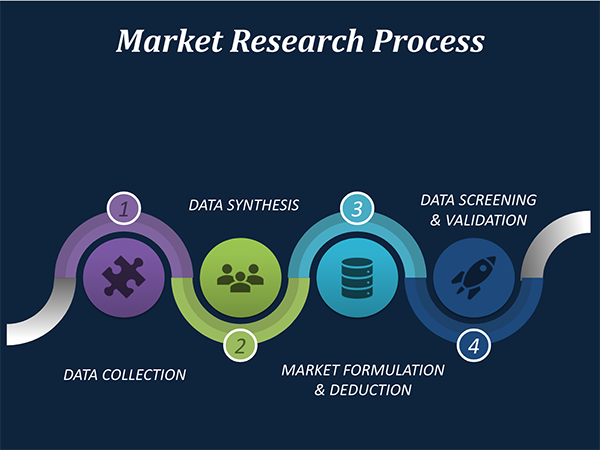
Data Collection: This stage of the market research process involves with the gathering and collecting of the market/industry related data from the sources. There are basically two types of research methods:
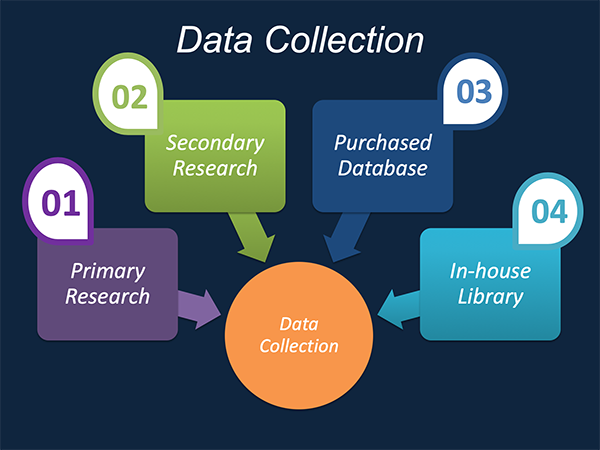
Data Synthesis: This stage includes the evaluation and assessment of all the data acquired from the primary and secondary research. It likewise includes in evaluating the information for any disparity watched while information gathering identified with the market. The data & information is gathered with consideration to the heterogeneity of sources. Scientific and statistical methods are implemented for synthesizing dissimilar information sets and provide the relevant data which is fundamental for formulating strategies. Our organization has broad involvement with information amalgamation where the information goes through different stages:
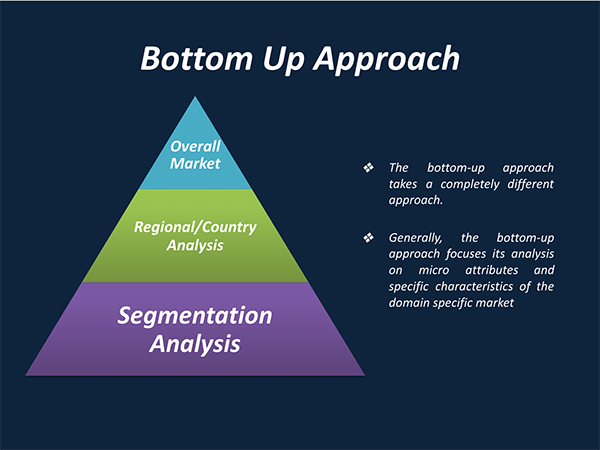
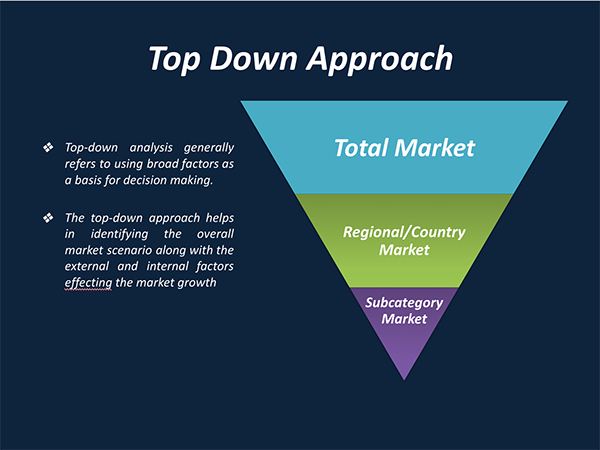
Market Formulation & Deduction: The last stage includes assigning the data & information in a suitable way in order to derive market size. Analyst reviews and domain based opinions based on holistic approach of market estimation combined with industry investigation additionally features a crucial role in this stage.
This stage includes with the finalization of the market size and numbers that we have gathered from primary and secondary research. With the data & information addition, we ensure that there is no gap in the market information. Market trend analysis is finished by our analysts by utilizing data extrapolation procedures, which give the most ideal figures to the market.
Data Validation: Validation is the most crucial step in the process. Validation & re-validation through scientifically designed technique and process that helps us finalize data-points to be used for final calculations. This stage also involves with the data triangulation process. Data triangulation generally implicates the cross validation and matching the data which has been collected from primary and secondary research methods.
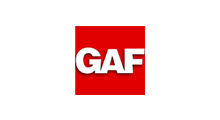

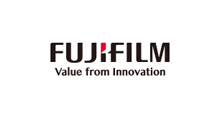
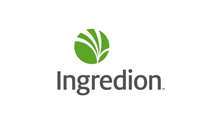

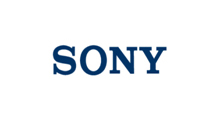
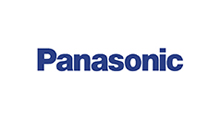
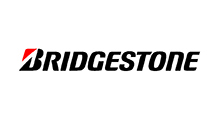
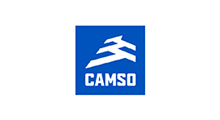
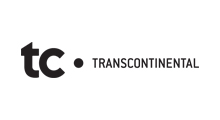
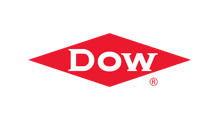
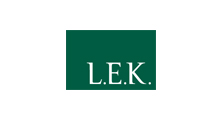

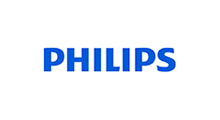
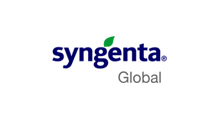
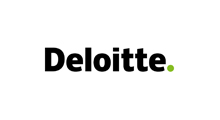

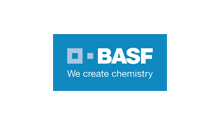
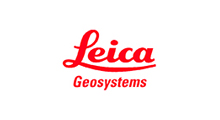
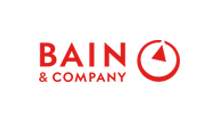
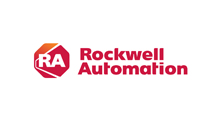
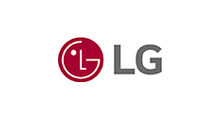
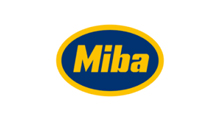
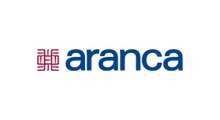
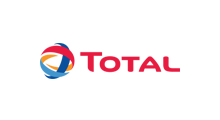
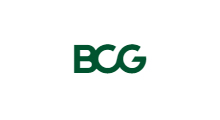
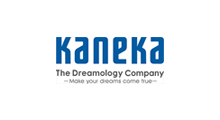
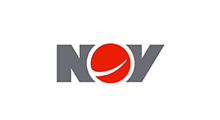
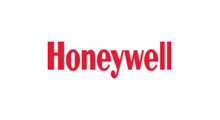
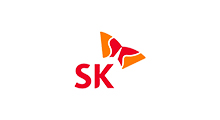
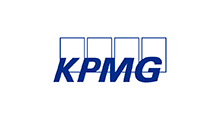
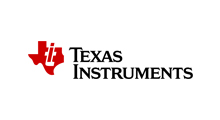
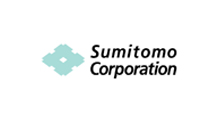
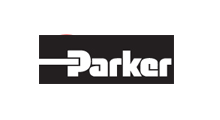
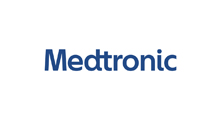
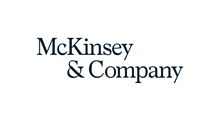


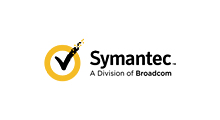
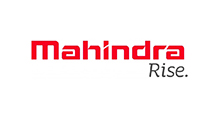
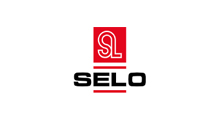
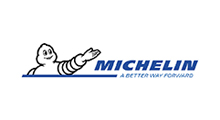

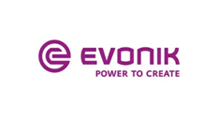

Free Customization
Countries can be added on demand
Free yearly update on purchase of Multi/Corporate User License
Companies served till date

We serve our customers 24x7 for 365 days through calls, emails and live chat options.
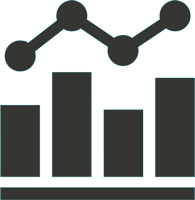
Huge database of exceptional market reports bringing market intelligence to your fingertips.

SSL enabled, we offer you various secured payment options for risk free purchase.